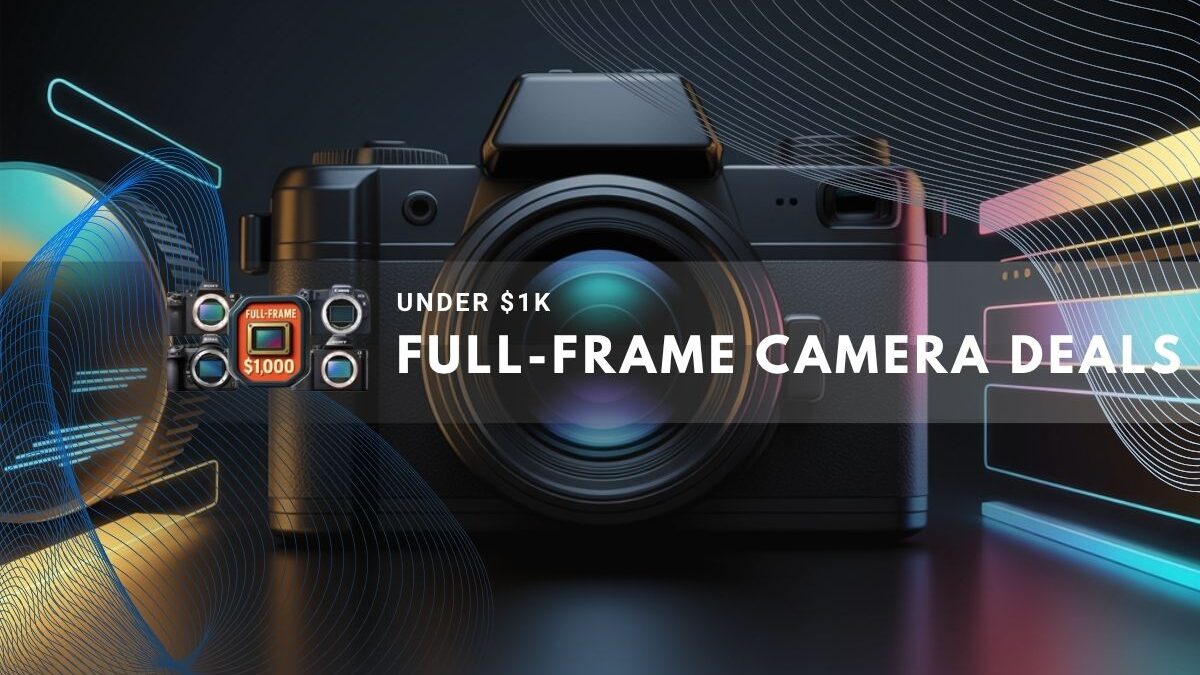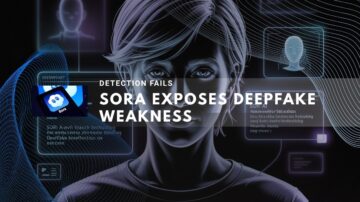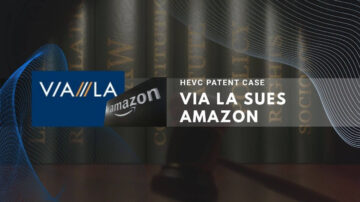This guide reflects pricing and availability as of October 25, 2025. Camera prices fluctuate daily—verify current prices before purchasing. Battery life specifications use CIPA ratings (industry standard testing; real-world results typically exceed these figures). This article incorporates research from 25+ authoritative sources including Wikipedia, TechRadar, ConsumerAffairs, DPReview, Tom’s Guide, and Gadgets360.[1][2][3][4][5][6][7][8][9]
Five Full-Frame Cameras Compared
| Camera | Sensor | Video | Stabilization | Battery | Weather Sealed |
|---|---|---|---|---|---|
| Sony Alpha 7 II | 24.3MP[9] | 1080p 60fps[9] | 5-axis IBIS[9] | 410 shots[9] | No[9] |
| Canon EOS RP | 26.2MP[10] | 4K 1.7x crop[10] | Digital IS[10] | 250 shots[10] | No[10] |
| Nikon Z5 II | 24.5MP[4] | 4K 1.5x crop[4] | IBIS[4] | ~470 shots[4] | Yes[11] |
| Nikon D750 | 24.3MP[12] | 1080p 60fps[12] | None[12] | 1,230 shots[12] | Partial[12] |
| Nikon D810 | 36.3MP[13] | 1080p 60fps[13] | None[13] | 1,230 shots[13] | Partial[13] |
Video and Stabilization Explained
4K Video Cropping Reality
Canon EOS RP records 4K at 1.7x crop. Nikon Z5 II records 4K at 1.5x crop. Crop reduces field of view but not quality. YouTube and web content tolerate crop limitations. Wide-angle shots require full-frame 4K.[4][10][14][15]
Stabilization Types
Sony a7II features 5-axis IBIS for handheld shooting. Canon EOS RP uses digital stabilization, less effective than mechanical. Nikon Z5 II has sensor-shift IBIS. Nikon D750 and D810 lack stabilization; require stabilized lenses.[9][10][12][13][4]
Battery Life: CIPA vs. Real-World
CIPA ratings use industry standard controlled testing. Real-world battery life typically exceeds CIPA ratings by 20-40 percent.[3][5][8]
| Camera | CIPA Rating | Real-World |
|---|---|---|
| Nikon D750 | 1,230 shots[12] | 1,400+ shots[5] |
| Nikon D810 | 1,230 shots[13] | 1,400+ shots[5] |
| Nikon Z5 II | ~470 shots[4] | 550+ shots[5] |
| Sony a7II | 410 shots[9] | 500+ shots[5] |
| Canon EOS RP | 250 shots[10] | 300-350 shots[5] |
Professional event photographers require 400+ shots per charge. Canon EOS RP’s 250-shot rating requires frequent battery changes.[10][16]
Weather Sealing and Equipment Status
Nikon Z5 II has full dust and drip-resistant sealing with sealed gaskets. Nikon D750 and D810 offer partial sealing only. Sony a7II and Canon EOS RP lack weather sealing.[11][12][13][9][10]
Currently Manufactured: Canon EOS RP and Nikon Z5 II. Discontinued: Sony a7II, Nikon D750, D810. Renewed equipment available through Amazon with 90-day return guarantee.[6][12][13][17][18][9]
Autofocus Technology Ranked
- Fastest: Nikon Z5 II (mirrorless phase-detection, full-frame coverage)[4]
- Fast: Canon EOS RP (Dual Pixel hybrid autofocus)[10]
- Moderate: Sony a7II (contrast-detection, slower)[9]
- Traditional: Nikon D750 and D810 (DSLR phase-detection)[12][13]
Fast autofocus matters for sports, wildlife, and events. Slower autofocus acceptable for studio, portraits, and landscapes.[5]
Choose Based on Your Workflow
- Sony a7II if: Stabilization and hybrid photo-video priority[5][9]
- Canon EOS RP if: Compact size and portability matter most[10]
- Nikon Z5 II if: Current technology and weather protection essential[11][4]
- Nikon D750 if: Extreme battery life and extensive lens ecosystem[12]
- Nikon D810 if: Maximum resolution and fine-art printing paramount[13]
Real-time pricing (changes hourly), stock availability (daily inventory changes), long-term durability (requires years of testing)[2][19]
All five cameras deliver professional results. Selection depends on your specific workflow, not generic recommendations. Prices verified October 25, 2025. Verify current availability and pricing directly through retailers before purchasing. Specifications remain accurate through 2026.[1][2][13][5][9][12][10]



